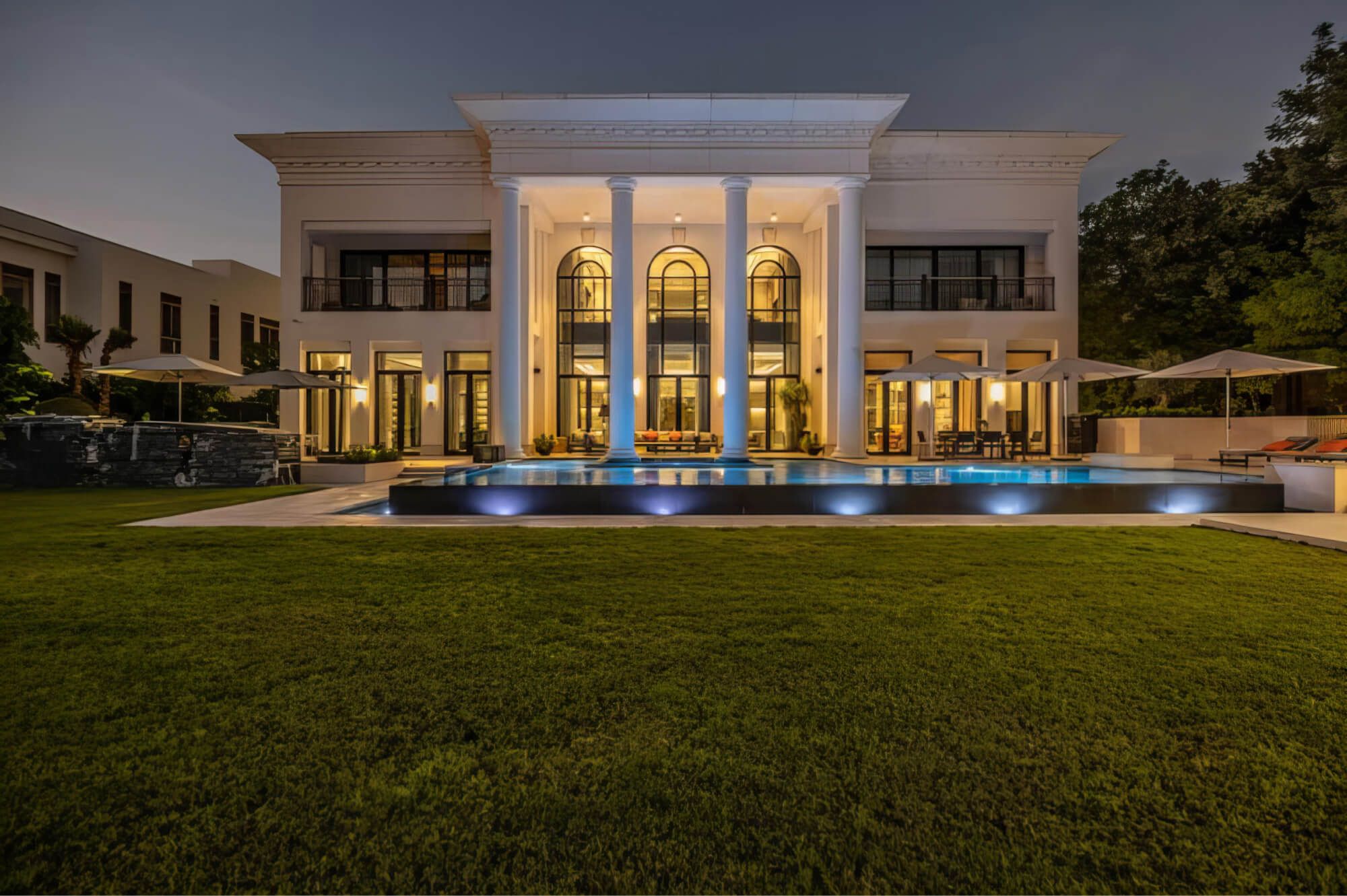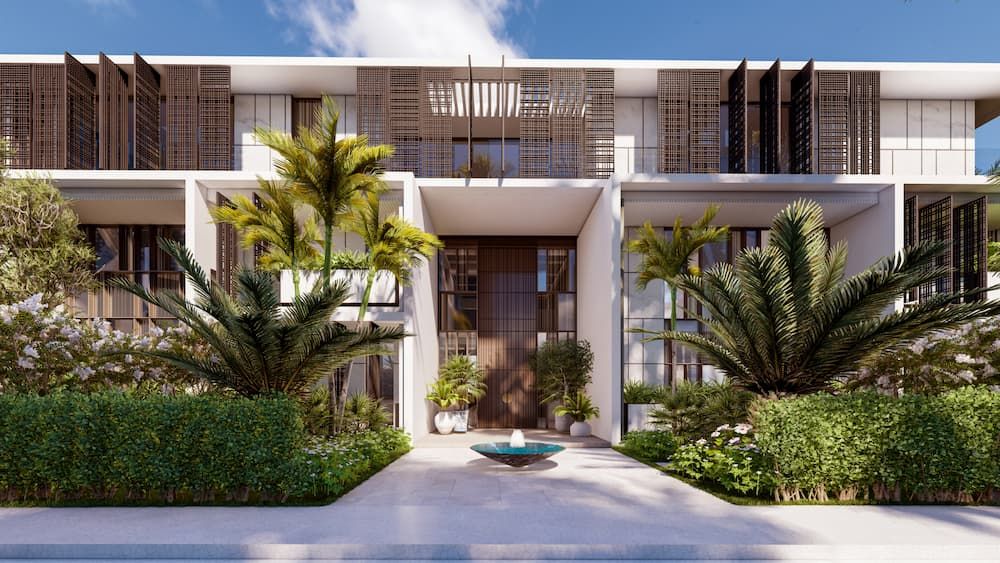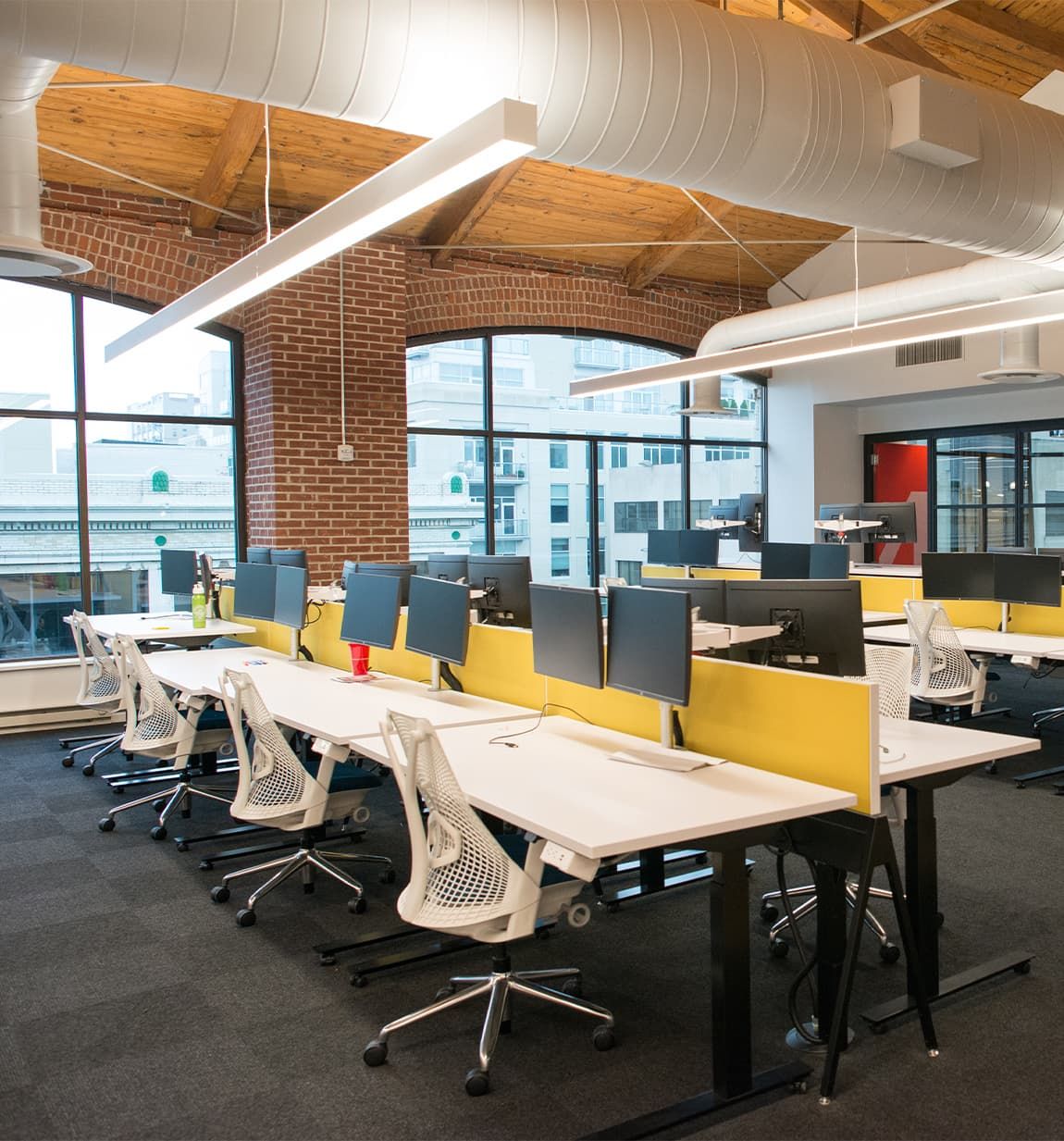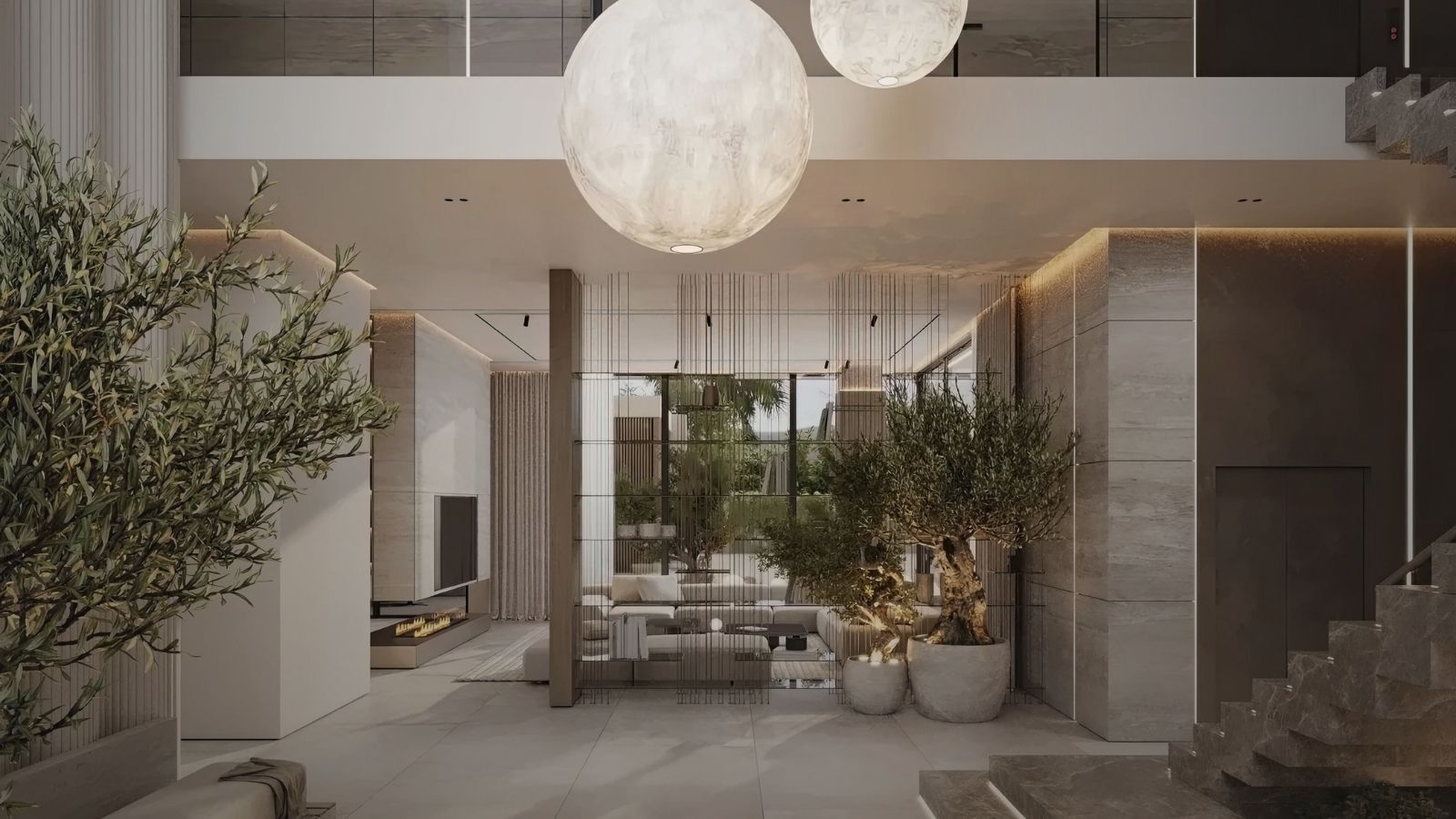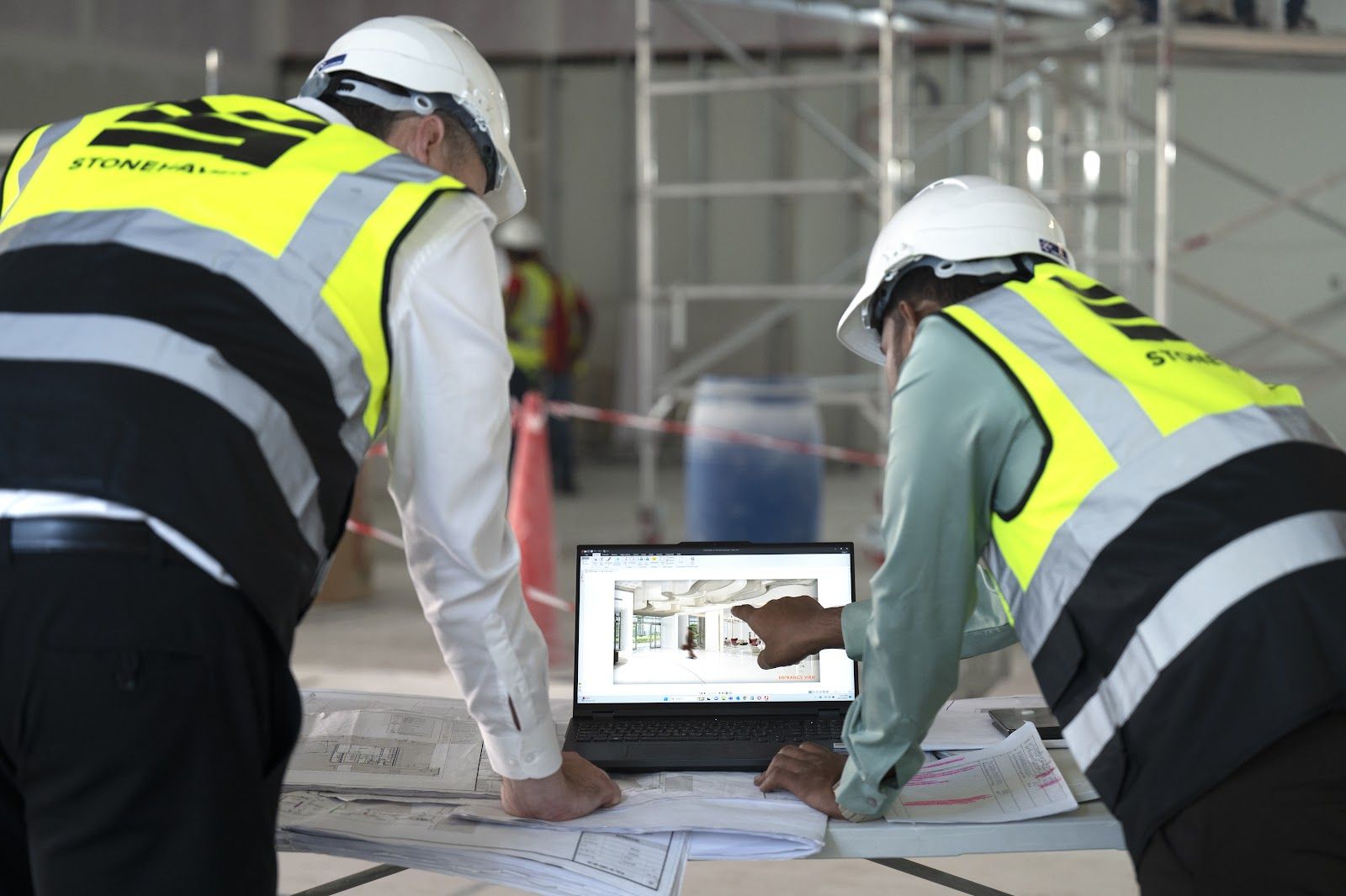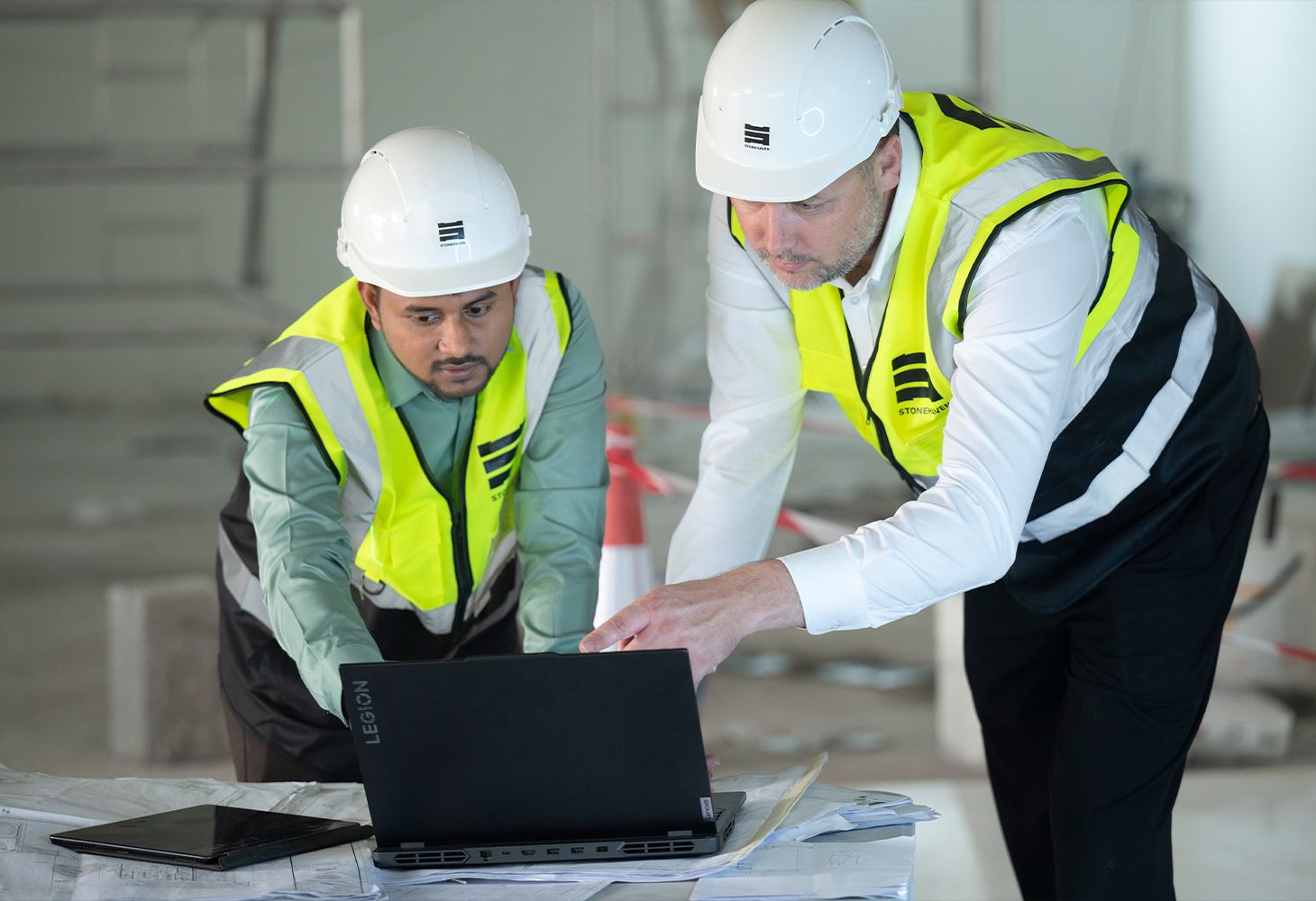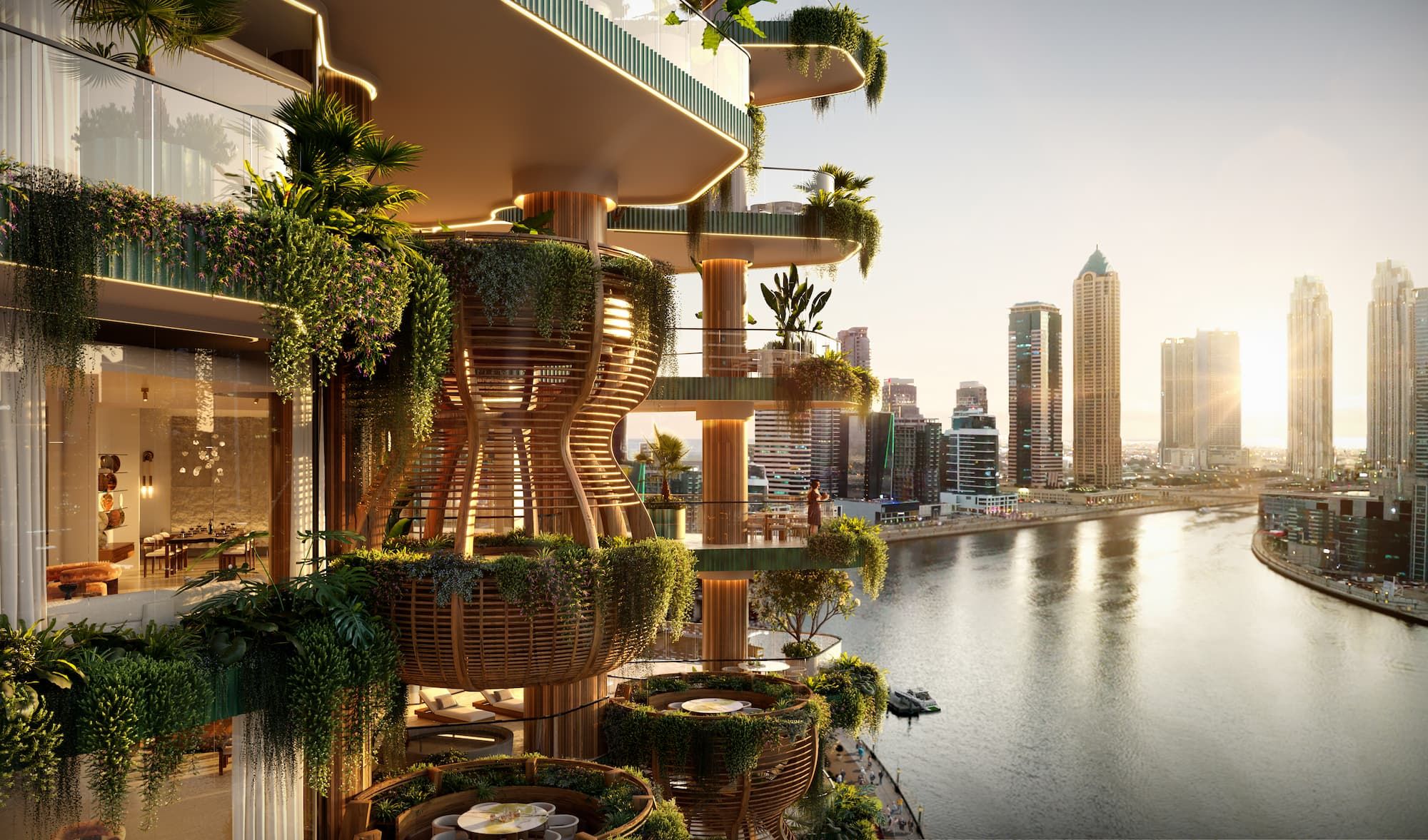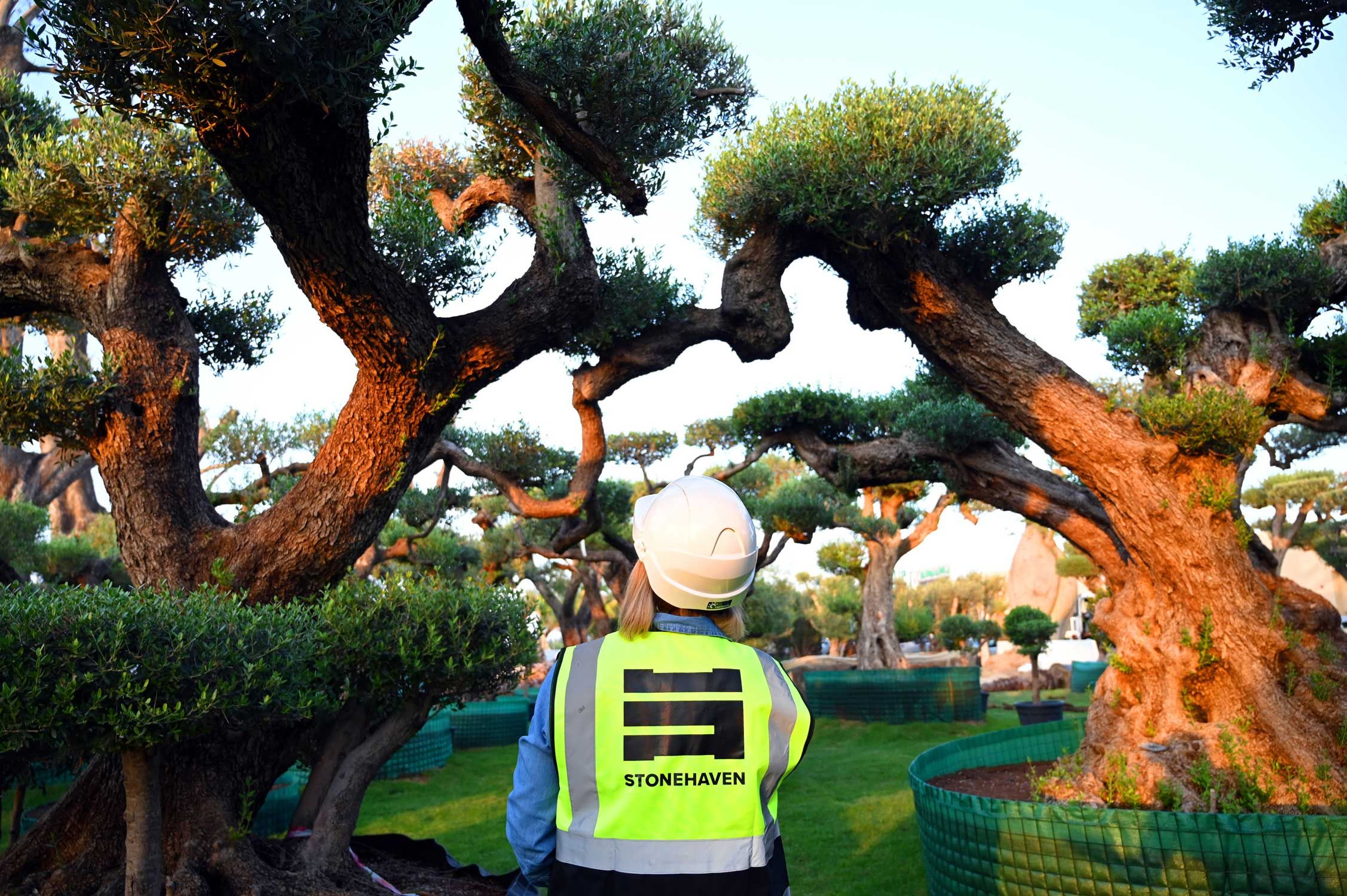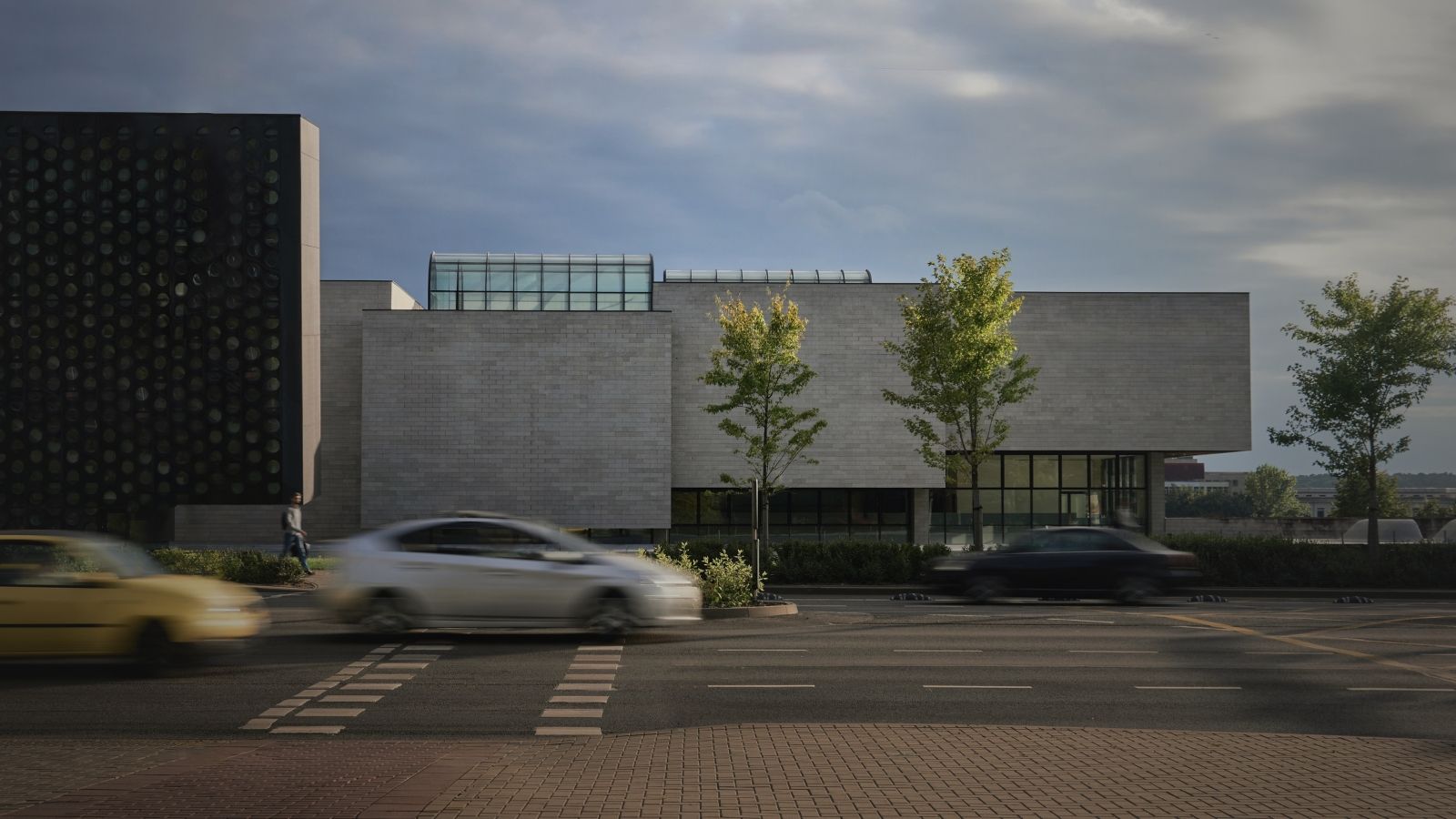In the construction industry, success is no longer measured solely by initial budgets or aesthetics. The buildings we create today must stand as testaments to economic, environmental, and functional sustainability. To meet these expectations, architects and developers are turning to Whole Life Cycle Costing in Construction—a methodology that calculates the total cost of a project over its entire lifespan, from planning to demolition.
The Middle East has witnessed rapid urbanisation and ambitious infrastructure projects over the past two decades. From iconic skyscrapers to vast residential developments, the region's growth demands an emphasis on not just building for today but planning for tomorrow. Incorporating life cycle assessment in the built environment helps architects and decision-makers in the region optimise costs, meet sustainability targets, and achieve long-term operational excellence.
In this blog, we’ll dive into the concept of Whole Life Cycle Costing, explore its applications in architecture, and provide examples relevant to the Middle East. Whether you're planning the building plans, designing architectural plans, or preparing for whole life cost analysis, this guide will equip you with everything you need to know.
What is Building Life Cycle Assessment?
At its core, Life Cycle Assessment (LCA) is a tool used to evaluate the environmental and economic impacts of a building or material throughout its entire lifespan. Unlike traditional cost estimations that focus solely on upfront expenses, LCA considers every stage of a project’s lifecycle—from raw material extraction to demolition or repurposing.
For Middle Eastern buildings, where cooling accounts for a significant portion of energy use, LCA evaluates the lifecycle performance of solutions like high-performance glass, reflective materials, or renewable energy systems. It was stated by the Bringing Embodied Carbon Upfront Report that by 2050, new buildings, infrastructure and renovations will have net zero embodied carbon, and all buildings, including existing buildings must be net zero operational carbon.
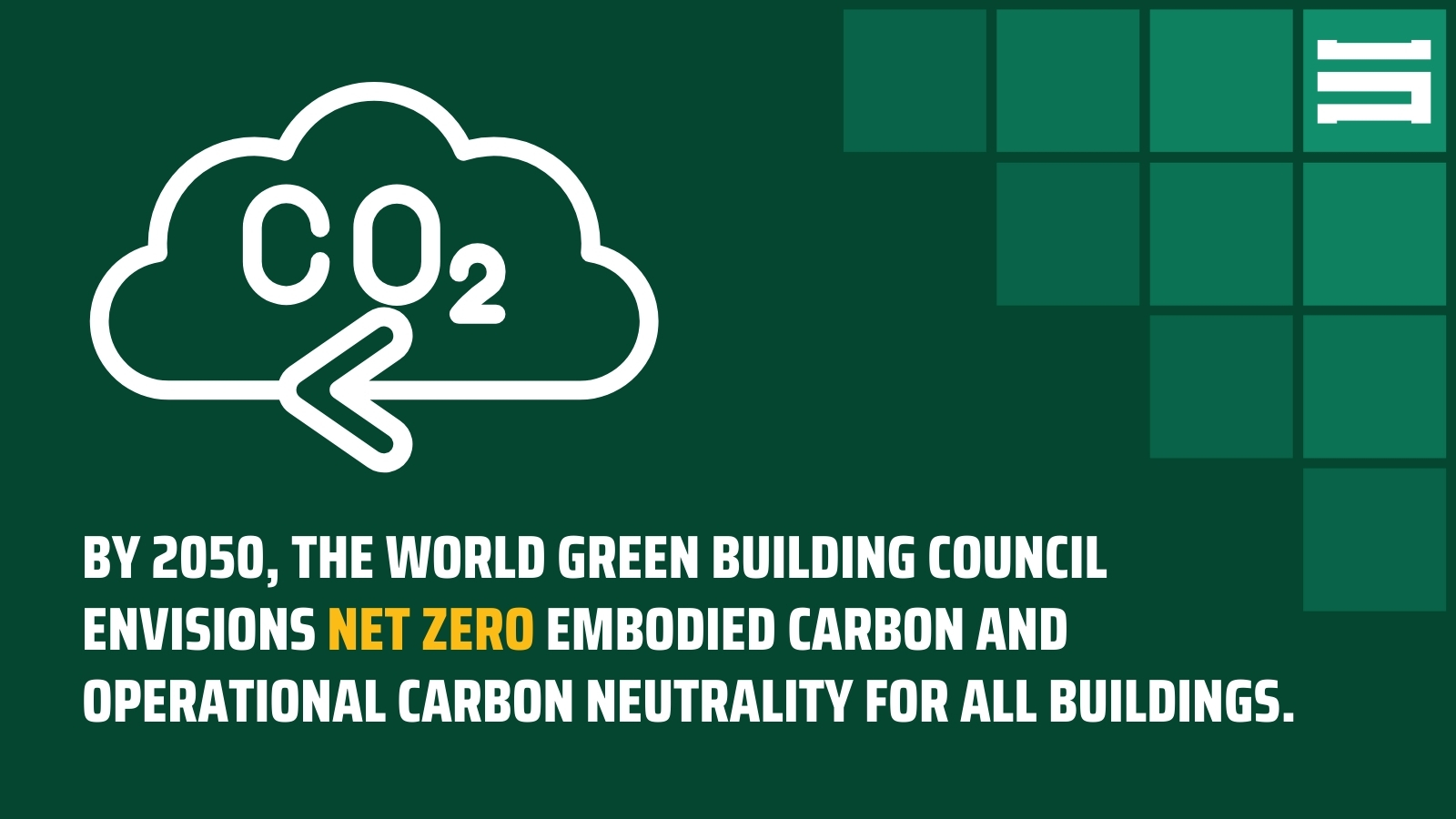
This data allows them to make environmentally conscious decisions that align with global goals to reduce embodied carbon by 2050. For construction projects, this means analysing not only how much a material or process costs initially but also its environmental footprint, maintenance needs, and end-of-life impact. LCA studies examine factors such as:
-
Carbon emissions during material production and transportation.
-
Energy consumption during the operational phase of a building.
-
Waste generated during construction and demolition.
What is LCA in Architecture?
In architecture, Life Cycle Assessment (LCA) is a transformative approach to designing buildings with sustainability and long-term viability at the forefront. Beyond just structural integrity and aesthetics, LCA ensures that architectural plans prioritise materials and processes that align with economic efficiency and environmental stewardship.
Why Do Architects Need LCA?
Architects are increasingly asked to meet the dual objectives of creating visually stunning designs while adhering to sustainability regulations and client expectations for cost savings. This is where LCA becomes a crucial tool. It allows architects to assess the following:
-
Material Selection: For example, when deciding whether to use reinforced concrete or locally sourced stone, LCA evaluates their respective carbon footprints, longevity, and maintenance needs.
-
Energy Optimisation: Incorporating passive cooling techniques or renewable energy systems can be analysed for their cost-saving potential over time.
-
Environmental Impact: From reducing water usage in arid climates to utilising low-impact construction techniques, LCA ensures alignment with regional sustainability goals.
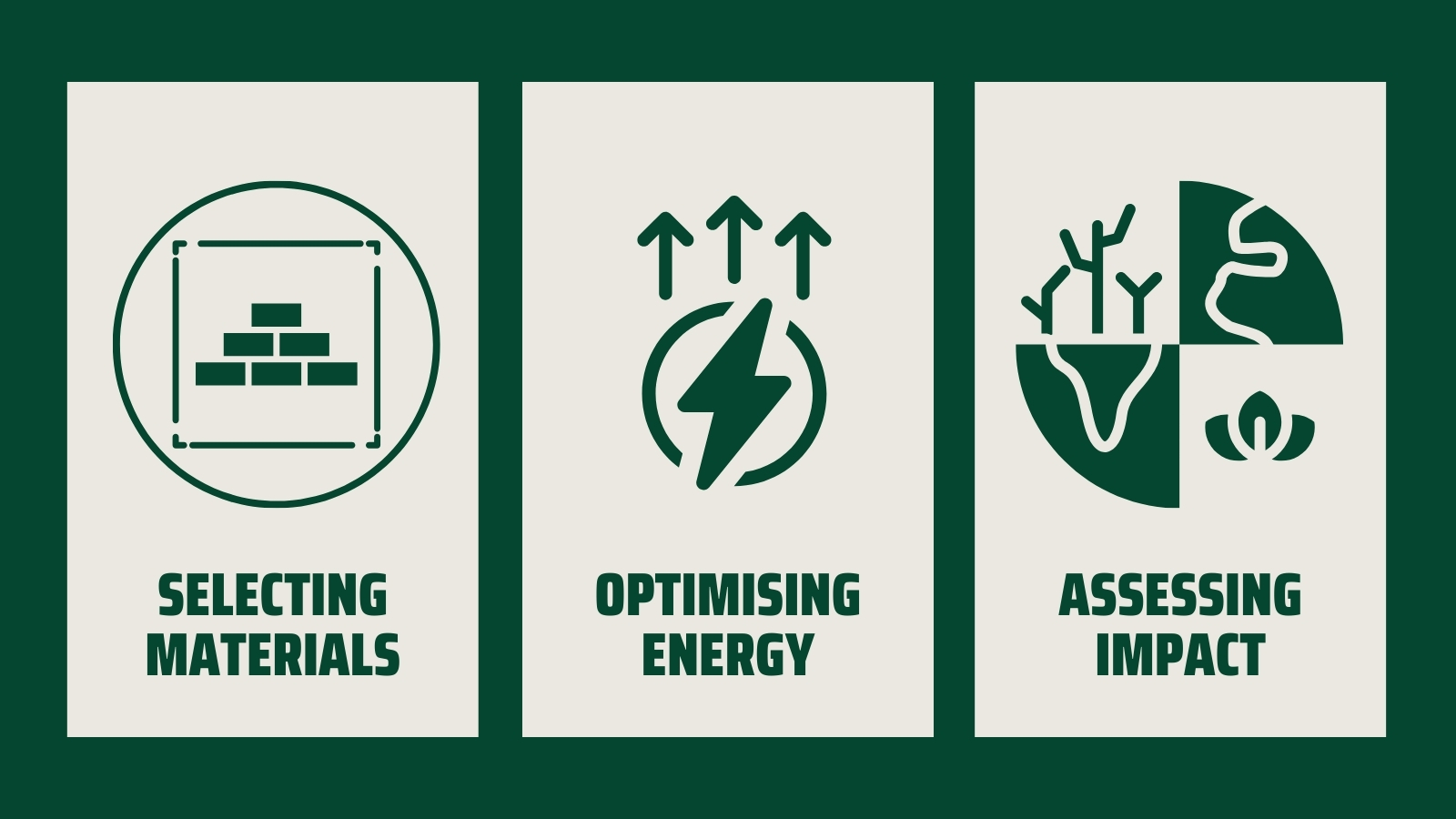
In the Middle East, where high temperatures and water scarcity are significant challenges, architects must be especially mindful of operational efficiency. For instance, designing buildings with reflective facades and optimised ventilation systems can significantly reduce cooling demands, which are among the largest energy expenditures in the region. By applying life cycle assessment in the built environment, architects can deliver buildings that address both environmental and financial concerns over their lifecycle.
What are the Phases of Building LCA?
Every whole life cost analysis is broken into several distinct phases, each contributing to the overall environmental and economic impact of a project. Understanding these stages is crucial for implementing whole life cycle costing in construction effectively.
1. Material Extraction and Sourcing
The life cycle begins with the extraction of raw materials, such as limestone for cement or sand for concrete. In this phase, LCA evaluates the environmental impact of mining, transportation, and processing.
Middle Eastern Scenario: A growing trend in the region involves using locally sourced materials to reduce carbon emissions associated with long-distance transportation. For example, utilising regionally abundant gypsum for plastering minimises costs and environmental impacts.
2. Manufacturing and Production Flow
Once raw materials are extracted, they are transformed into construction components, such as steel beams or prefabricated panels. The energy required during this phase—often dependent on fossil fuels—plays a significant role in determining the environmental footprint.
Opportunity: Manufacturers in the Middle East are increasingly shifting to solar-powered facilities, reducing emissions during this phase.
3. Construction and Assembling
This phase considers the environmental and financial costs associated with transporting materials to the site and assembling them into a structure. Waste generation and on-site energy use are also accounted for.
Example: Modular construction methods, which are gaining popularity in the Middle East, significantly reduce material waste and on-site labour costs.
4. Building Operation and Maintenance
Once the building is complete, this phase begins and often lasts for decades. It encompasses energy consumption, routine maintenance, and system upgrades. The operational phase often accounts for the majority of a building’s lifecycle costs.
Regional Importance: In hot climates like the Middle East, energy-efficient cooling systems and high-performance glazing are critical for reducing operational expenses.
5. Demolition and End-of-Life
At the end of a building’s life, demolition costs, material disposal, and the potential for recycling are assessed. Buildings designed with disassembly in mind can significantly reduce costs at this stage.
Middle Eastern Approach: Developers are beginning to repurpose older buildings to preserve resources and reduce demolition waste, in line with regional sustainability goals.
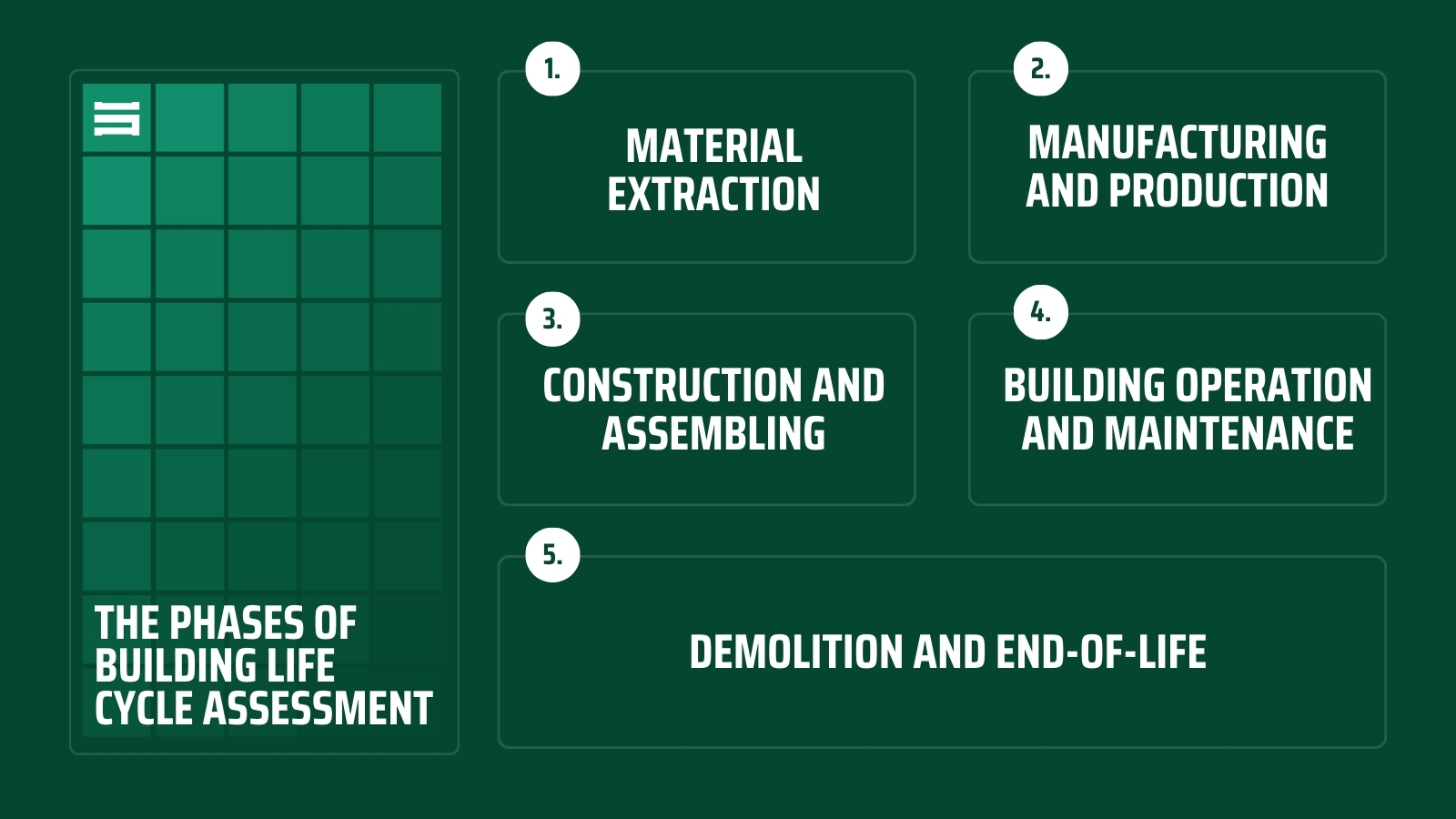
Why is LCA Important in Both Construction and Architecture?
The Middle East’s booming construction industry faces mounting pressure to address environmental challenges and optimise costs. Here’s why whole life costing construction is indispensable:
1. Sustainability Goals
The region’s ambitious sustainability initiatives, such as Saudi Arabia’s Vision 2030 and the UAE’s Net Zero by 2050 strategy, demand environmentally conscious construction practices. LCA helps projects align with these frameworks by reducing emissions and resource consumption.
2. Assists in Long-Term Cost Savings
By focusing on operational and maintenance costs, LCA ensures that high-quality materials and energy-efficient systems pay off over the building’s lifespan. For example, solar panel installations may have a high upfront cost but significantly reduce electricity bills in sunny Middle Eastern climates.
3. Enhances Asset Value
Buildings that incorporate whole life cycle costing in construction often boast higher resale values and better tenant satisfaction, thanks to lower utility bills and superior durability.
What are the 4 Main Elements of Life Cycle Assessment (LCA)?
Life Cycle Assessment (LCA) is the backbone of sustainable construction. It breaks down into four essential elements, guiding you to make informed, environmentally conscious decisions throughout a building's lifecycle.
1. Goal and Scope Definition
The process begins by defining the objective and boundaries of your LCA. Are you focusing on energy efficiency, material optimisation, or carbon reduction? For instance, in Dubai, a developer might aim to assess the cooling efficiency of a building over its operational phase due to the hot climate. A clear goal ensures the results are tailored to your project’s priorities.
2. Inventory Analysis
This step collects data on all inputs and outputs, such as energy, materials, and emissions across each phase of a building’s lifecycle. For example, tracking the carbon footprint of locally sourced aerated concrete blocks versus imported materials. The accuracy of this data is critical, as it forms the foundation of the analysis.
3. Impact Assessment
Here, the data is analysed to measure environmental and economic impacts, including carbon emissions, water usage, and long-term operational costs. For example, using reflective glass in a Middle Eastern building might show significant reductions in cooling energy demands, aligning with sustainability goals. This stage connects raw data to actionable insights.
4. Interpretation and Decision-Making
The final step applies findings to improve design and construction choices. For instance, an LCA may reveal that modular construction reduces waste and transport emissions, or that integrating shading devices cuts cooling loads. These insights empower you to achieve both cost-efficiency and sustainability.
Life Cycle Assessment Examples
The Middle East’s unique challenges, such as high temperatures, arid climates, and rapidly growing urban populations, make the application of Life Cycle Assessment (LCA) essential. By adopting region-specific approaches, architects and developers can create structures that are both sustainable and cost-effective. Below are some key examples of how whole life cycle costing in construction can be applied to modern architecture in the Middle East:
1. Designing Energy-Efficient Urban High-Rises
In cities like Riyadh, Dubai, and Doha, where skyscrapers dominate the skyline, reducing energy consumption is paramount. A developer planning a high-rise office tower in Dubai, for example, might conduct an LCA to assess the long-term impact of façade materials.
The Scenario: The developer has a choice between standard glass facades and high-performance double-glazed units with solar-reflective coatings. An LCA shows that the initial investment in double-glazed units leads to lower cooling demands over the building's operational life, making it the better choice for a hot climate.
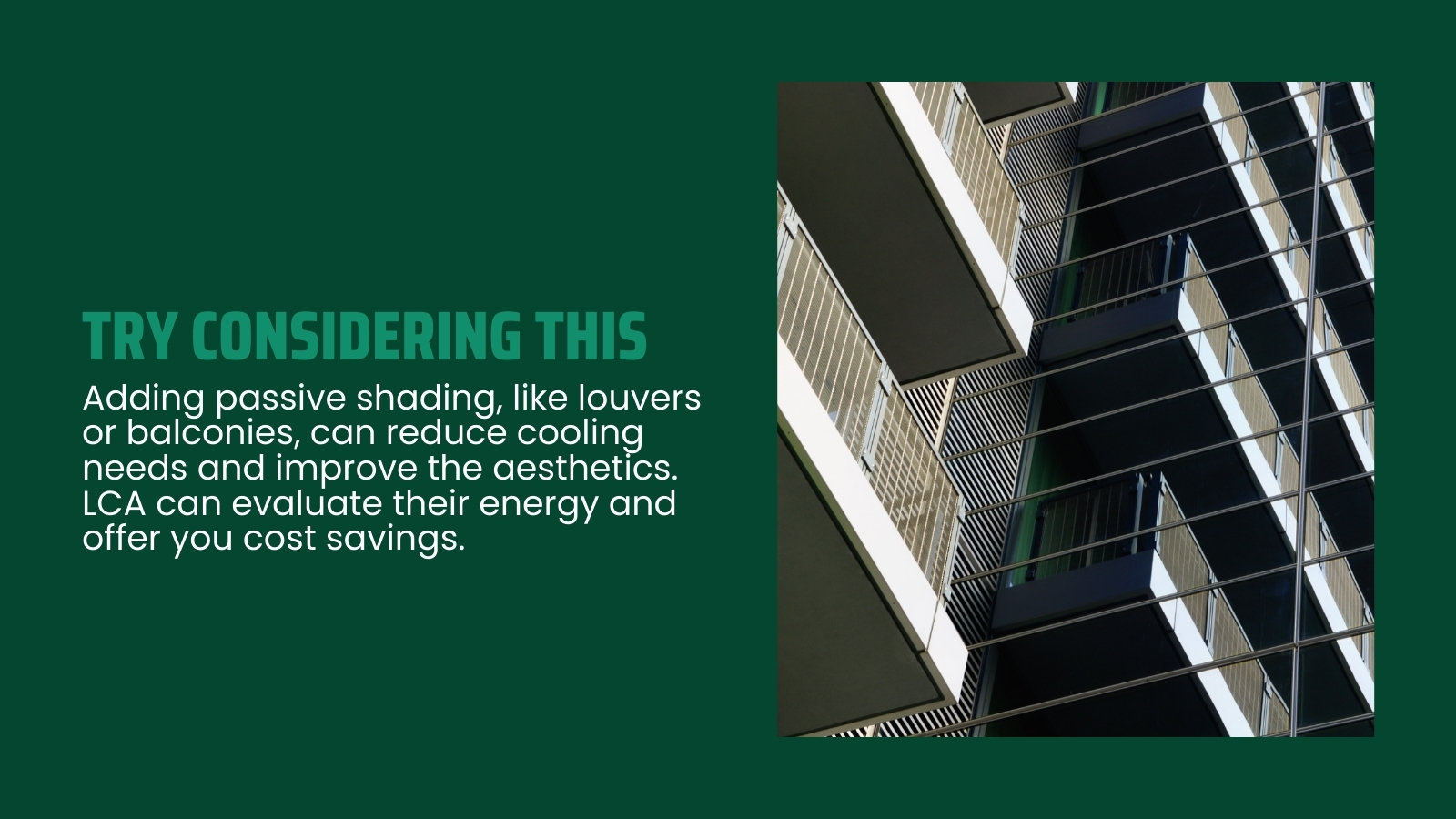
The result? A structure that is visually striking, significantly reduces energy bills, and aligns with Dubai’s sustainable development goals.
2. Building Residential Villas with Locally Sourced Materials
Middle Eastern villa developments, particularly in suburban areas like Jumeirah in Dubai or Al Khobar in Saudi Arabia, offer an opportunity to use life cycle assessment in the built environment for material optimisation.
Scenario: A villa developer evaluates whether to use imported ceramic tiles or a locally sourced alternative for flooring. The LCA reveals that while imported tiles are cheaper upfront, the carbon footprint associated with shipping and their shorter lifespan makes them less sustainable. By opting for locally sourced stone tiles, the developer achieves a reduction in embodied carbon and ensures durability in the face of the region’s harsh weather conditions.
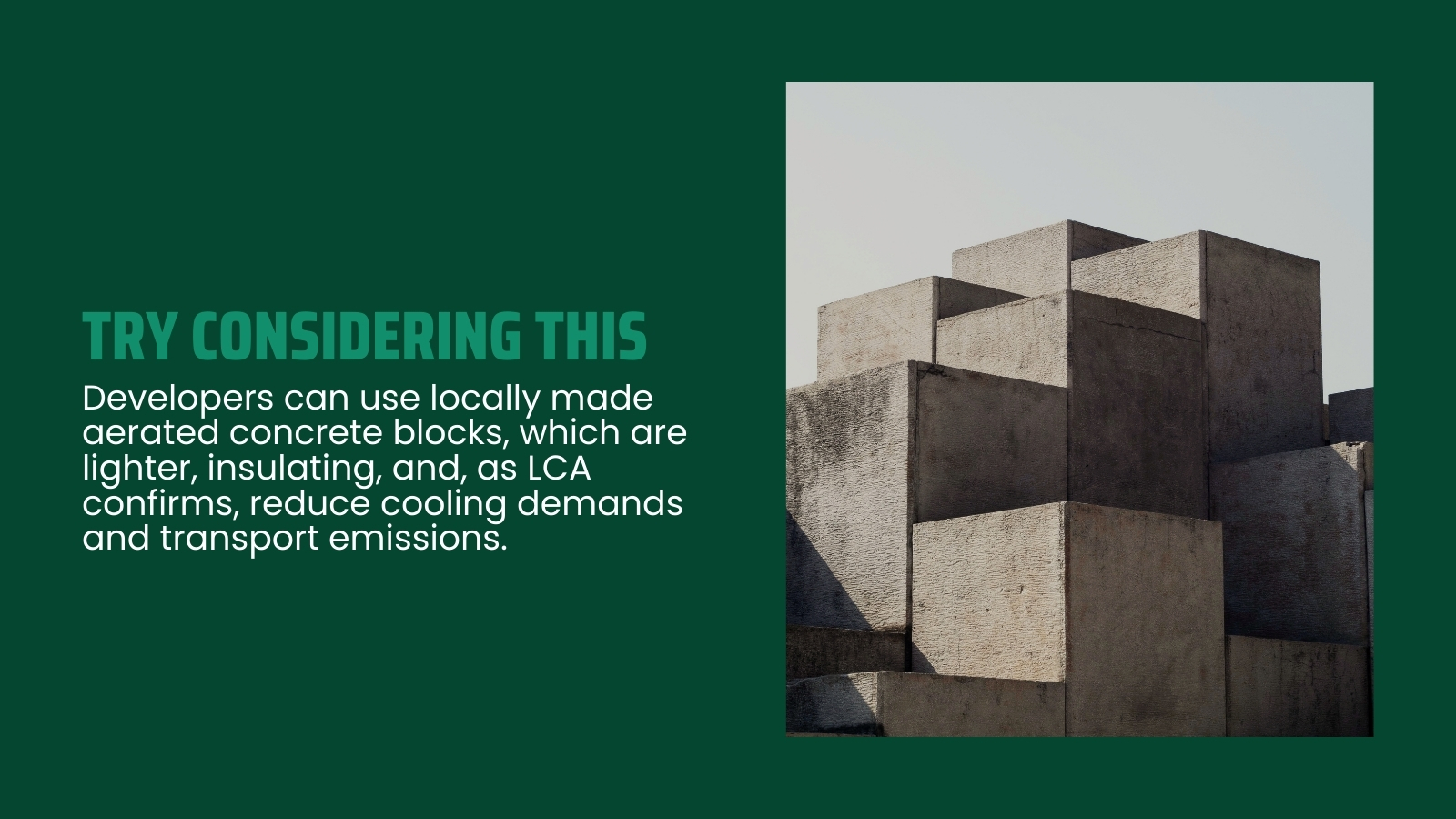
The use of regional materials not only supports sustainability goals but also strengthens the local economy.
3. Mixed-Use Developments with Greywater Recycling Systems
In regions like Abu Dhabi or Sharjah, where water scarcity is a pressing issue, mixed-use developments are increasingly adopting greywater recycling systems. An LCA can help assess the long-term benefits of implementing water-saving technologies in such projects.
Scenario: A developer of a mixed-use complex evaluates the cost of installing a greywater recycling system, which collects wastewater from sinks, showers, and laundry to be reused for landscaping and washrooms. Although the installation cost is high, the LCA reveals significant savings on water bills over decades, especially in areas where water tariffs are rising.
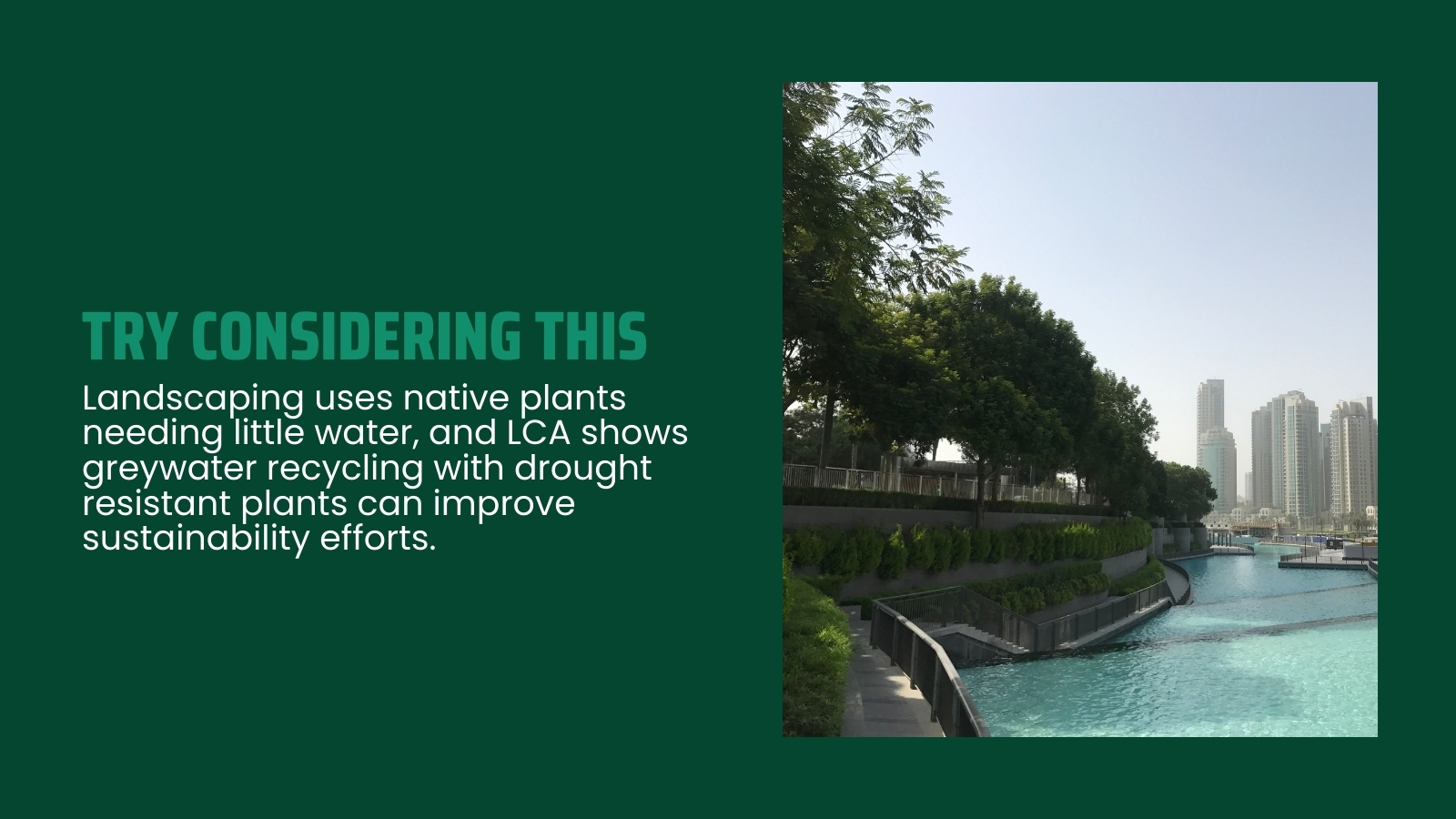
This approach ensures the project is both water-conscious and economically viable, enhancing its appeal to eco-aware tenants and investors.
Conclusion
Whole Life Cycle Costing in Construction is an indispensable methodology for architects and developers seeking to design buildings that balance environmental responsibility with financial sustainability. In regions like the Middle East, where climate challenges and ambitious growth targets converge, adopting life cycle assessment in the built environment ensures that projects are built for the future.
By understanding the phases of LCA, evaluating key cost drivers, and incorporating long-term strategies, architects and developers can transform the way buildings are designed, constructed, and operated.
About us
At Stonehaven, we specialise in providing comprehensive Whole Life Cycle Costing in Construction for the Middle East’s rapidly evolving infrastructure landscape. Our team of experts collaborates with architects, developers, and stakeholders to assess your project’s costs across every phase of its lifecycle.
Whether you’re designing building plans, creating architectural plans, or seeking whole life cost analysis, Stonehaven delivers insights and strategies tailored to your unique needs.
Learn more about how our services can help you achieve sustainable, cost-effective outcomes for your construction projects, let’s build a better future together.

